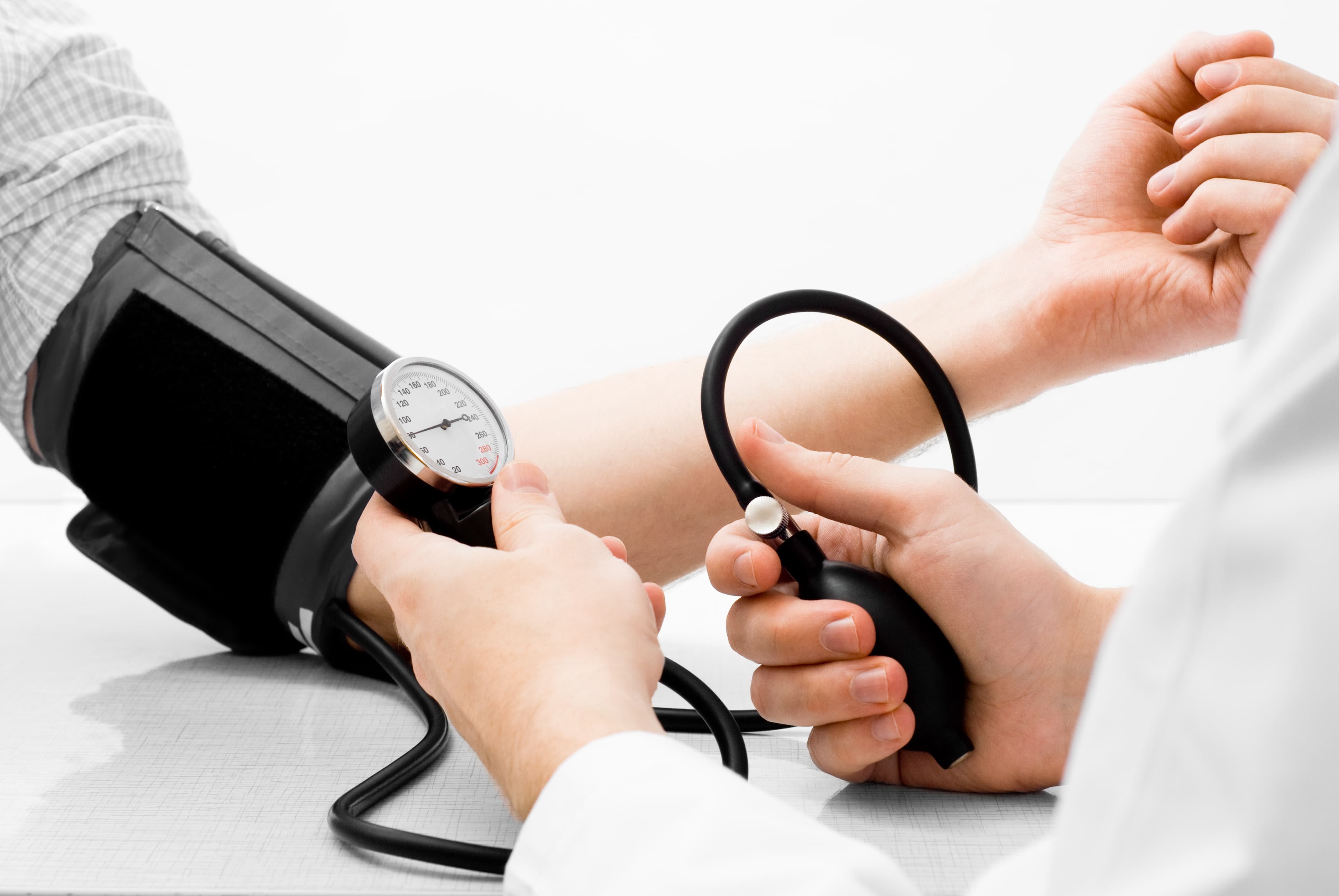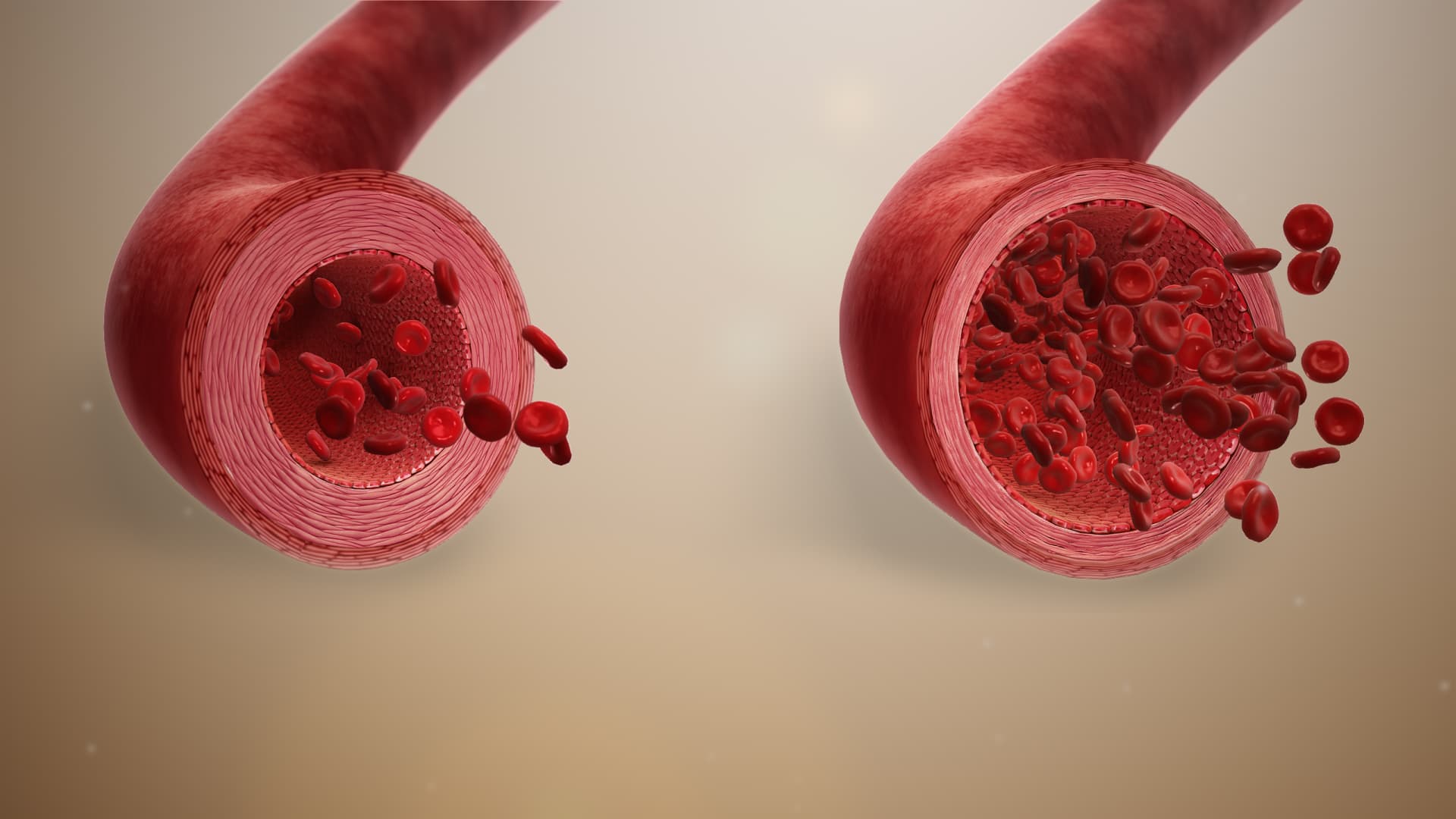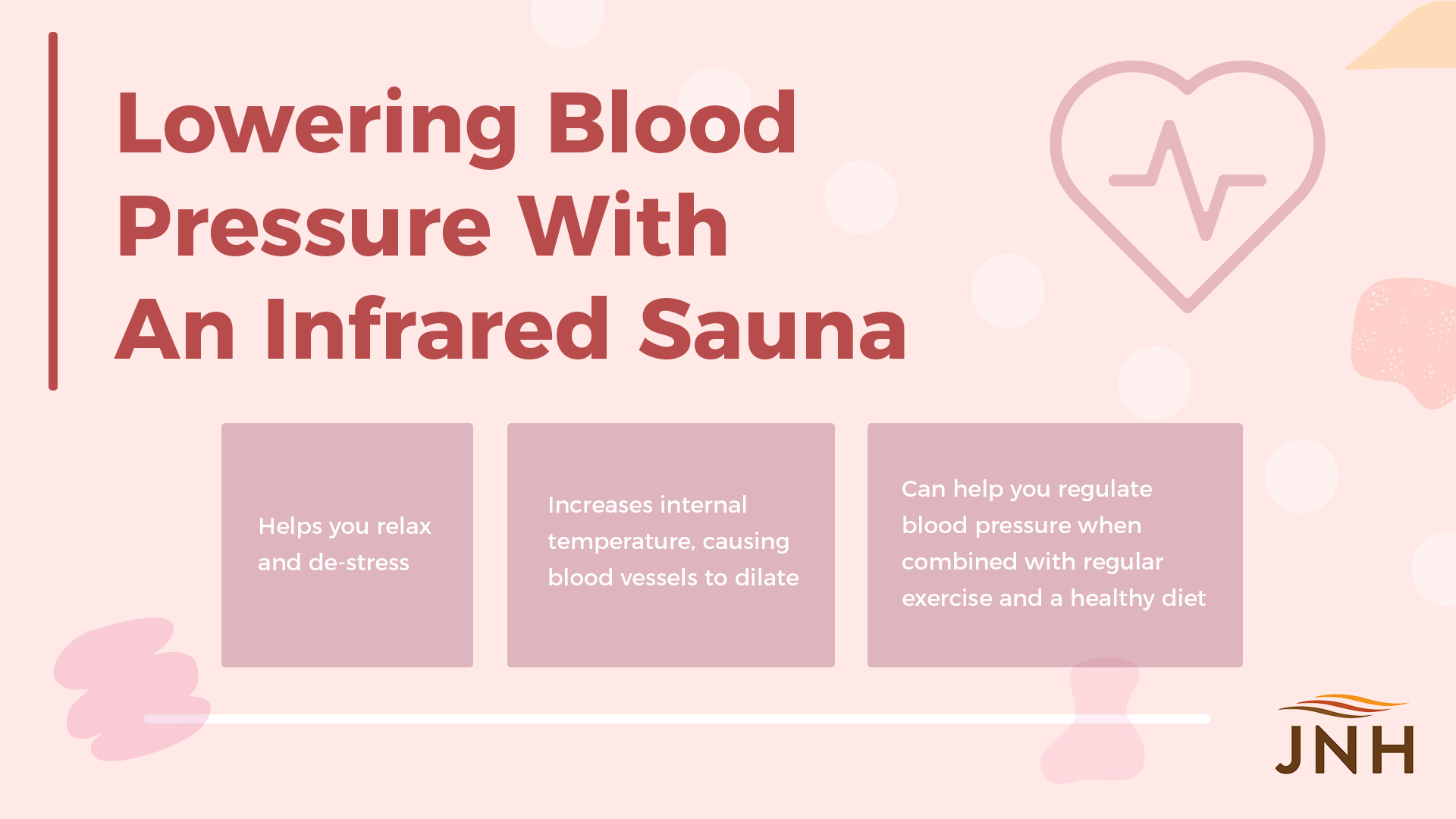Got High Blood Pressure? Here's How an Infrared Sauna Can Help!
When it comes to high blood pressure, many don’t take this condition seriously enough. Nicknamed “the silent killer,” hypertension or high blood pressure can be lethal and debilitating if not taken care of properly and on time. According to the World Health Organization, 1.13 billion people around the world suffer from this condition, and only 1 in 5 patients has it under control.
In the US, 108 million adults are suffering from high blood pressure, based on the data from the Centers for Disease Control and Prevention. That’s 45% of all adults in the country who are affected by this health problem, and only 1 in 4 of them is managing their hypertension. In 2017, high blood pressure was the primary cause of death in 472,000 people in the US alone, amounting to 1,300 deaths per day [1].
With numbers so seriously high, it’s time everybody — healthy and with hypertension alike, to change their lifestyle and make sure this deadly condition doesn't disrupt their quality of life. Since the modern age brings many advancements that can help tackle high blood pressure, all these efforts are easier than it may seem. One of those resources can be infrared saunas, which have proven cardiovascular benefits that can help you keep your blood pressure in line [2].
Facts About High Blood Pressure
To understand high blood pressure, we need to start with the basics.
The heart pumps blood through the vessels so the body has the energy to function. When blood circulates, it puts pressure on the walls of blood vessels. This is your blood pressure. If it’s higher than normal, the strain on the heart and arteries also increases, which leads to cardiovascular diseases.
The reason why high blood pressure is called “the silent killer” is that it's not necessarily detectable right away. The person may not experience any symptoms or signs that would point to elevated values. To find out your blood pressure you need to monitor it regularly, and the only way to do it is by measuring it.
The normal values are 120/80mmHg and it reads as "120 over 80” expressed in millimeters of mercury (mmHg). A 120-number is for the highest value of your blood pressure when your heart beats and it’s referred to as systolic. An 80-number is the lowest value of your blood pressure between the heartbeats and it's known as diastolic. The higher the numbers, the greater the risk of health problems, so you need to keep these values low.
High Blood Pressure And Quality Of Life
The way you live and behave can affect your blood pressure, especially if hypertension is a possible hereditary factor from one or both of your parents. Being overweight, alcohol consumption, smoking and stress are considered risk factors for the onset of high blood pressure [3]. To keep your blood pressure under control you need to change your lifestyle and adopt healthy habits.

The first thing to improve is diet. Oatmeal, salmon, berries, leafy greens and skim dairy products are only some of the foods that can help you lower your blood pressure. Additionally, you need to be more physically active and exercise. Based on recommendations from the American Heart Association, every adult person should be physically active for at least 150 minutes per week,with moderate intensity. Plainly put, that’s half an hour every day — five times a week.
Other changes that can help include quitting smoking, drinking less or not at all, and watching your weight. If you do all this, you can lower your blood pressure and possibly prevent serious damage to your blood vessels, heart and even save your own life. Also, yoga and meditation can help you deal with everyday stress and stop it from being the cause of your high blood pressure.
How An Infrared Sauna Can Help
An infrared sauna can be a valuable resource to keep your life on track and improve your health. When in the cabin, the heater panels will warm your body from within, unlike traditional saunas that heat the air which then warms up the body. Among other things, increased temperature of the body can cause your blood vessels to expand, a process known as vasodilation, which may lower your blood pressure [4].

Regular infrared sessions, like in JNH Lifestyles’ Joyous Collection, which is equipped with far infrared, can help your body fight against serious cardiovascular diseases caused by high blood pressure.Moreover, infrared therapy can be a useful tool to lose weight [5], relax and eliminate certain toxins from the body; like mercury and lead, which are known to cause cardiovascular problems [6].When you combine regular exercise, a healthy diet and an infrared sauna, you can build the best strategy to keep your blood pressure in check.
You Can Still Change Your Habits
Owning a personal infrared sauna allows you to create a healthy regimen that fits your schedule and daily responsibilities, while traditional saunas can be uncomfortable for users because of their high temperatures.
JNH Lifestyles' carbon fiber infrared panels focus on heating the body directly, only slightly raising the temperature of the cabin air. This makes them significantly more comfortable than their traditional counterparts, with people withstanding the recommended duration of sessions; building continuity which is important for improving blood pressure and leading a healthy life.

Resources:
[1] Million Hearts® 2022. (2020). “Estimated Hypertension Prevalence, Treatment, and Control Among U.S. Adults.” millionhearts.hhs.gov, Million Hearts® 2022, February 2020, https://millionhearts.hhs.gov/data-reports/hypertension-prevalence.html.
[2] Beever Richard. (2009). “Far-infrared saunas for treatment of cardiovascular risk factors.” ncbi.nlm.nih.gov, National Center for Biotechnology Information, July 2009, https://www.ncbi.nlm.nih.gov/pmc/articles/PMC2718593/.
[3] Singh S, et al. (2017). “Prevalence and Associated Risk Factors of Hypertension: A Cross-Sectional Study in Urban Varanasi.” ncbi.nlm.nih.gov, National Center for Biotechnology Information, December 2017, https://www.ncbi.nlm.nih.gov/pmc/articles/PMC5733954/.
[4]Brunt, V. E, et al. (2016). ”Passive heat therapy improves endothelial function, arterial stiffness and blood pressure in sedentary humans.” ncbi.nlm.nih.gov, National Center for Biotechnology Information, June 2016, https://www.ncbi.nlm.nih.gov/pubmed/27270841.
[5] Kim, Sungwoon, et al. (2017). “Does treadmill walking with near-infrared light applied to the abdominal area reduce local adiposity and body weight?” ncbi.nlm.nih.gov, National Center for Biotechnology Information, October 2017, https://www.ncbi.nlm.nih.gov/pmc/articles/PMC5684004/.
[6] Sears, Margaret E, et al. (2012). “Arsenic, Cadmium, Lead, and Mercury in Sweat: A Systematic Review.” hindawi.com, Journal of Environmental and Public Health, February 2012, https://www.hindawi.com/journals/jeph/2012/184745/.

